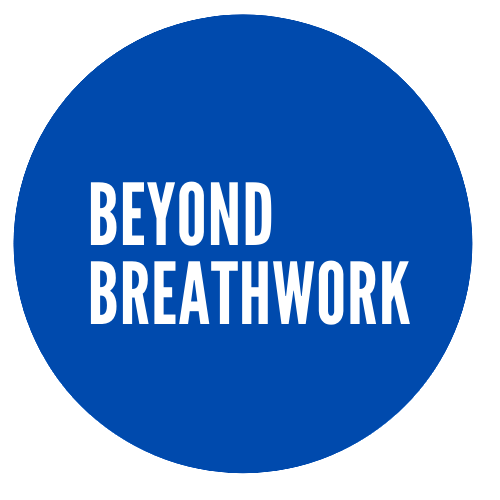Different Types of Meditation
Meditation is now a world-wide practice that stems from several ancient cultures. Even though it is closely associated with religion, especially in the Eastern parts of the world, it has more to do with the human body’s mental and emotional aspects. In that regard, it has been incorporated in various exercises and routines to achieve a myriad of benefits, most of them to do with restoring calm and reducing the symptoms of anxiety and depression.
There are different types of meditation practices, each one centred around a specific purpose and audience. Some of the most common meditation practices include:
Mindfulness Meditation
This form of meditation takes root from ancient Buddhist practices and has quickly gained popularity in the western world to become the most popular form practised.
Mindfulness meditation requires one to observe their thought process and note any patterns or flow. One should not become involved in their thoughts or try to influence them in any way rather than just observe. It also places a specific emphasis on the present so that the practitioner may not dwell on past events or future expectations.
Mindfulness meditation uses the principles of awareness and concentration so that one can focus on their thoughts and be fully aware of their thought process without judging or getting involved in them. At the same time, the individual can also focus on their breath or body movements.
It is a simple form that anyone can perform virtually anywhere without an instructor.
Vipassana Meditation
Vipassana is a self-transformation form of mediation that has roots in ancient Indian meditation practices. It means seeing things the way they are in reality. This form of meditation was discovered more than 2500 by a man called Gotama Buddha and has since been adopted worldwide to help cure different illnesses, including depression and other mental problems.
Vipassana focuses on the deeper connection between the mind and body and works through self-observation. It is progressive and is best performed with an experienced trainer.
Chakra Meditation
The word Chakra is derived from the Sanskrit language, and it means wheel. Chakra meditation aims to create awareness of
the seven chakras (the crown, the third eye, the throat, the heart, the solar plexus, the sacral and the root chakras) and use mindfulness to attain spiritual awakening, healing, and calmness of the mind.
Chakra meditation will often follow different levels or phases depending on the desired result. It should, however, be practised with a competent and experienced teacher.
Transcendental Meditation
Transcendental meditation aims to rise above (transcend) above the individual’s current physical and emotional state.
It gained popularity in the Western world, mainly owing to the media which secularized it. It is very similar to mindfulness meditation but not as easy – it requires proper instruction and a good focus level. Transcendental meditation is especially popular among celebrities and business executives.
During transcendental meditation, the practitioner may is seated and repeats a mantra or prayer. The mantra roots them and serves as the object of awareness during the session. Usually, the instructor gauges the individual and helps them develop a suitable mantra depending on factors such as their current problem or their desired benefit.
Benefits of transcendental meditation include reducing the symptoms of anxiety, depression, insomnia, panic and depression. It has also been found to improve spiritual awareness and promote better mental health.
Love-Kindness Meditation
Just as the name suggests, the loving-kindness meditation boosts one’s compassion, kindness and affection for themselves and others. Therefore, it is very suitable for individuals who are suffering from depression related to low self-esteem, low confidence, anger, and resentment.
This type of meditation aims to open the practitioner’s heart and mind to accept love from others around them. The instructor leads the individual to deliberately direct goodwill and good intentions towards themselves and others, including those they consider
problematic.
Individuals may also use it for conflict resolution where the person is holding on to feelings of anger, hatred, fear and even social anxiety.
Movement or Walking Meditation
While most meditation forms are practised quietly in a still position, movement meditation uses walking to focus and calm the mind. It may also use other forms of movement, such as work-out and gardening. The movement or progression from one physical state to another guides the person out of anxiety and depression towards calmness and relaxation.
The process involves awareness and focuses on each foot’s movement, noticing delicate action such as lifting and turning. It encourages the development of mind-body awareness by being keen on the sensations that one can feel physically during the exercise.
It is an excellent option for people who find it hard to focus or concentrate when sitting still or lying down. It is also referred to as mindful walking.
Mantra Meditation
This form of meditation uses a mantra that can be the typical ‘Omm’ or any significant word to the person. It is commonly practised in Hindu and Buddha teachings and has also been popularized in the Western world by media.
The physical position defers depending on the instructor, but in most cases, the person will be seated in a calm and quiet environment with their legs crossed (if possible). They then speak out a mantra quietly or loudly. The aim is to create awareness in the environment and give a better insight into the current problem.
Mantra meditation is excellent for people who can easily focus by repeating a word or slogan over and over again. It is, however, not practical for people who prefer a good level of silence for focus or those that don’t like repetition.
In conclusion, there are many different forms of meditation, and they all defer in certain aspects, such as the physical form and the manner of practice. Be sure to try until you find the form that suits your needs for maximum benefit. Feel free to get a qualified and experienced instructor to guide you if you are unsure how to go about it yourself.

